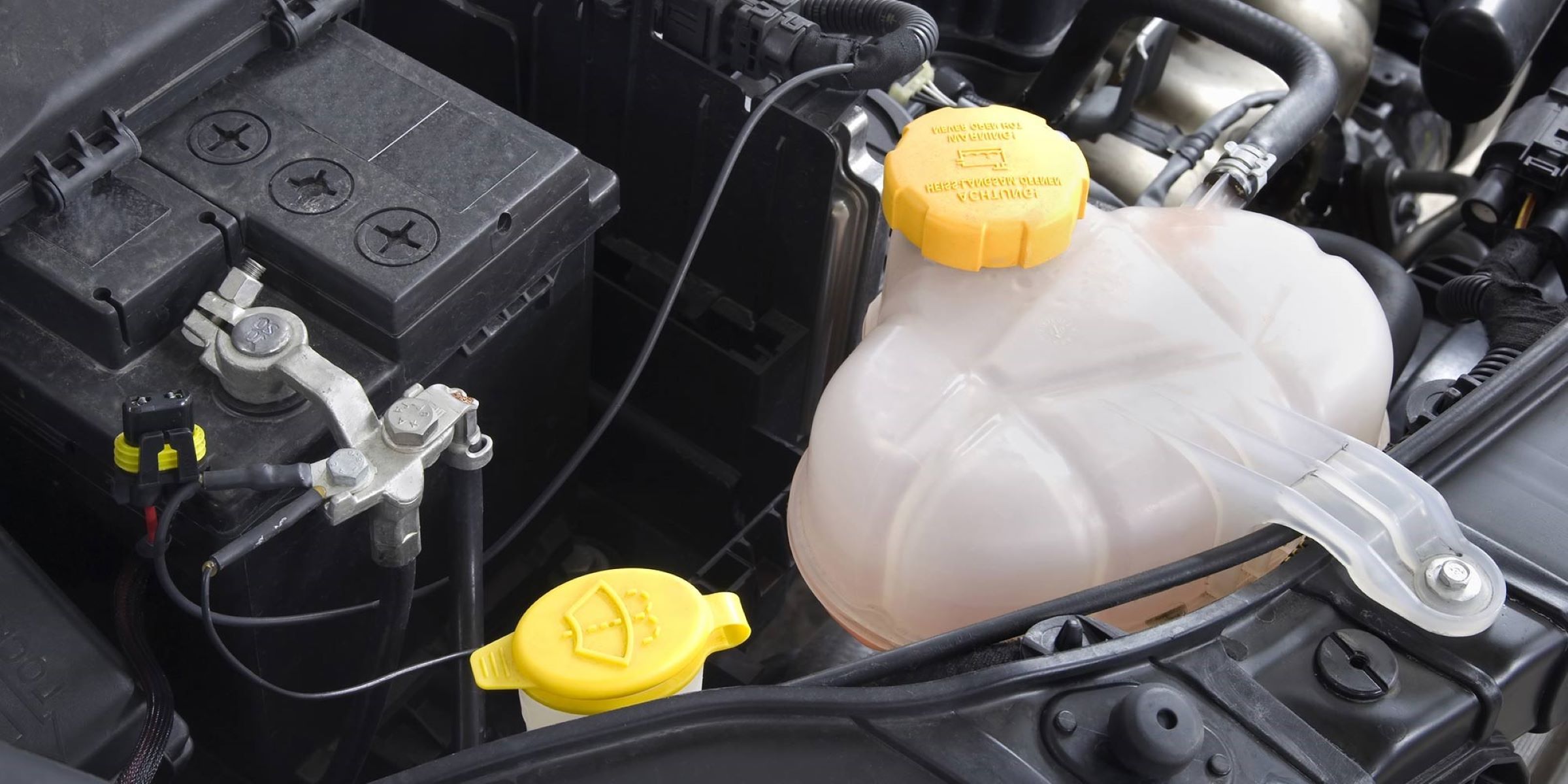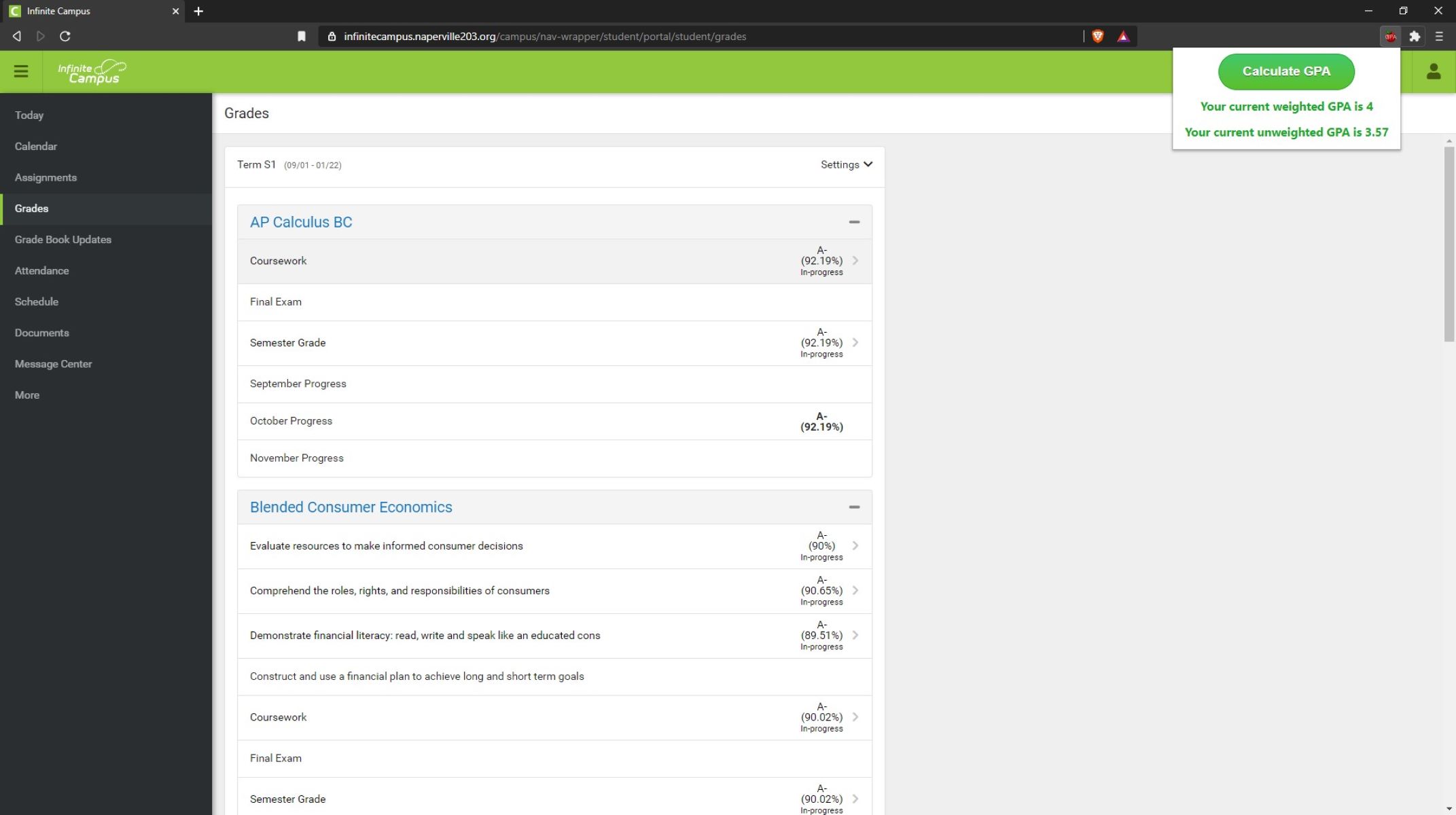Home>Automotive>How To Check Power Steering Fluid


Automotive
How To Check Power Steering Fluid
Published: February 29, 2024
Learn how to check power steering fluid in your vehicle with our step-by-step guide. Keep your automotive system running smoothly with proper maintenance.
(Many of the links in this article redirect to a specific reviewed product. Your purchase of these products through affiliate links helps to generate commission for Regretless.com, at no extra cost. Learn more)
Table of Contents
Introduction
Power steering fluid is a vital component of a vehicle's power steering system, playing a crucial role in ensuring smooth and effortless steering. This hydraulic fluid facilitates the transfer of power from the steering wheel to the steering mechanism, allowing drivers to maneuver their vehicles with ease. Regularly checking the power steering fluid is essential for maintaining the overall health and functionality of the power steering system.
The power steering system operates under high pressure and temperature, making it susceptible to wear and tear over time. As a result, the power steering fluid can degrade, leading to a decrease in its effectiveness. By monitoring the power steering fluid levels and quality, drivers can identify potential issues early on and take the necessary steps to prevent more significant problems down the road.
In this comprehensive guide, we will delve into the importance of checking power steering fluid, the tools required for the task, the step-by-step process for inspecting the fluid levels, and the telltale signs of low power steering fluid. By understanding the significance of this maintenance task and learning how to perform it correctly, drivers can ensure that their power steering system operates optimally, enhancing both safety and driving comfort.
Importance of Checking Power Steering Fluid
Regularly checking the power steering fluid is a fundamental aspect of vehicle maintenance that should not be overlooked. The power steering system relies on this hydraulic fluid to function effectively, and monitoring its levels and condition is crucial for several reasons.
First and foremost, maintaining the proper level of power steering fluid is essential for ensuring smooth and responsive steering. Adequate fluid levels enable the power steering pump to generate the necessary hydraulic pressure, allowing drivers to maneuver their vehicles with minimal effort. Without a sufficient amount of fluid, the power steering system may struggle to assist in steering, resulting in increased steering effort and potential safety hazards, especially during tight maneuvers or emergency situations.
Furthermore, monitoring the power steering fluid can help identify potential leaks or system malfunctions. A sudden drop in fluid levels could indicate a leak in the system, which, if left unaddressed, may lead to more severe issues and costly repairs. By routinely checking the fluid levels and inspecting for any signs of leakage, drivers can detect and address potential problems early on, preventing further damage to the power steering system.
Additionally, the quality of the power steering fluid is crucial for the overall performance and longevity of the power steering system. Over time, the fluid can become contaminated with dirt, debris, and moisture, leading to a decrease in its effectiveness. Regularly inspecting the fluid's condition allows drivers to assess its clarity and consistency, providing insights into whether it needs to be flushed and replaced. Maintaining clean and high-quality power steering fluid is essential for preserving the integrity of the system and preventing premature wear and tear on critical components.
In essence, checking the power steering fluid is a proactive measure that contributes to the safety, reliability, and longevity of the power steering system. By staying vigilant and addressing any issues related to the fluid promptly, drivers can ensure that their vehicles maintain optimal steering performance and minimize the risk of potential steering-related problems on the road.
Tools Needed for Checking Power Steering Fluid
When it comes to checking the power steering fluid in a vehicle, having the right tools on hand is essential to ensure a thorough and accurate inspection. Here are the tools needed for this task:
-
Lint-Free Cloth or Paper Towel: Before checking the power steering fluid level, it's crucial to have a lint-free cloth or paper towel to wipe the dipstick or reservoir clean. This ensures that any existing fluid on the dipstick does not contaminate the new reading, providing an accurate assessment of the fluid level.
-
Flashlight: Since the power steering fluid reservoir is often located in a confined or dimly lit area of the engine compartment, a flashlight can be immensely helpful. It allows for better visibility, making it easier to locate and inspect the reservoir and dipstick, especially in low-light conditions.
-
Owner's Manual: While not a physical tool, the vehicle's owner's manual is an invaluable resource for understanding the specific location of the power steering fluid reservoir and dipstick in different vehicle models. It also provides essential information regarding the type of power steering fluid recommended for the vehicle, ensuring that the correct fluid is used when topping up or replacing the existing fluid.
-
Gloves: Since power steering fluid can be messy and potentially harmful to the skin, wearing gloves is advisable when performing this task. This not only protects the hands from direct contact with the fluid but also helps maintain cleanliness during the inspection process.
By having these tools readily available, drivers can effectively and safely check the power steering fluid in their vehicles. This proactive approach to maintenance empowers individuals to monitor the health of their power steering systems and take the necessary steps to address any issues promptly, contributing to overall vehicle safety and performance.
Steps for Checking Power Steering Fluid
-
Locate the Power Steering Fluid Reservoir: Begin by identifying the power steering fluid reservoir in the engine compartment. The reservoir is typically a small, translucent container with a cap labeled with a steering wheel or the words "power steering fluid." Refer to the vehicle's owner's manual for specific guidance on locating the reservoir, as its placement may vary among different vehicle models.
-
Inspect the Fluid Level: With the engine off, remove the cap from the power steering fluid reservoir. Using a lint-free cloth or paper towel, wipe the dipstick clean to ensure an accurate reading. Reinsert the dipstick fully into the reservoir and then remove it again to check the fluid level. The dipstick will have markings indicating the minimum and maximum fluid levels. Ensure that the fluid level falls within this range. If the level is below the minimum mark, it's essential to add the appropriate type of power steering fluid to bring it to the recommended level.
-
Assess the Fluid Condition: While inspecting the fluid level, take note of the fluid's color and clarity. Ideally, the power steering fluid should appear transparent or slightly translucent, with a reddish or light brown hue, depending on the type of fluid used in the vehicle. If the fluid appears dark, cloudy, or contains visible contaminants, it may be an indication that the fluid needs to be flushed and replaced. Additionally, a burnt smell or gritty texture in the fluid could signal potential issues within the power steering system, warranting further inspection by a qualified mechanic.
-
Top Up the Fluid (If Necessary): If the fluid level is below the minimum mark, carefully add the recommended power steering fluid to the reservoir. It's crucial to use the type of fluid specified in the owner's manual to ensure compatibility and optimal performance. Avoid overfilling the reservoir, as this can lead to foaming and potential system damage. Reinstall the cap securely after topping up the fluid.
-
Check for Leaks: After inspecting the fluid level and condition, take a moment to visually inspect the area around the power steering system for any signs of fluid leakage. Look for dampness or puddles beneath the vehicle, particularly near the power steering pump, hoses, and connections. Identifying and addressing any leaks promptly can prevent further fluid loss and potential damage to the power steering system.
By following these steps for checking power steering fluid, drivers can proactively maintain the health and functionality of their power steering systems, ensuring smooth and responsive steering performance. Regular monitoring of the power steering fluid is a simple yet crucial aspect of vehicle maintenance that contributes to overall safety and driving comfort.
Signs of Low Power Steering Fluid
Recognizing the signs of low power steering fluid is essential for maintaining the integrity and functionality of the power steering system. When the fluid level drops below the recommended range, several noticeable symptoms may manifest, indicating the need for immediate attention. By being vigilant and responsive to these signs, drivers can address potential issues before they escalate, ensuring optimal steering performance and vehicle safety.
-
Difficulty Steering: One of the most apparent signs of low power steering fluid is an increase in steering effort. Drivers may notice that turning the steering wheel becomes noticeably harder, especially when navigating tight corners or parking. This increased resistance is a clear indicator that the power steering system is not receiving adequate hydraulic assistance, often due to insufficient fluid levels.
-
Whining or Groaning Noise: Low power steering fluid can lead to audible symptoms, such as a whining or groaning noise when turning the steering wheel. This noise is often most noticeable at lower speeds and may indicate air being drawn into the system due to fluid depletion. Ignoring this noise can lead to further damage to the power steering pump and other components.
-
Slow Response: A decrease in the responsiveness of the steering system can be a telltale sign of low power steering fluid. Drivers may experience a delay or sluggishness in the steering wheel's response, particularly when initiating turns or making quick steering adjustments. This delayed response can compromise vehicle control and safety, especially in critical driving situations.
-
Visible Fluid Leaks: Low power steering fluid levels can result from leaks within the power steering system. Drivers may notice puddles or streaks of reddish or brown fluid beneath the vehicle, particularly near the front end or the location of the power steering pump and hoses. Identifying and addressing these leaks promptly is crucial to prevent further fluid loss and potential damage to the power steering system.
-
Erratic Steering Assist: In some cases, low power steering fluid levels can cause erratic steering assist, leading to inconsistent steering feel and performance. Drivers may notice sudden changes in the ease of steering, with the system providing varying levels of assistance, often without a clear pattern. This unpredictability can pose safety risks, especially during high-speed driving or emergency maneuvers.
Recognizing these signs of low power steering fluid is paramount for maintaining vehicle safety and performance. By promptly addressing any indications of low fluid levels, drivers can prevent potential steering-related issues and ensure that their power steering systems operate optimally. Regularly checking the power steering fluid and being attentive to these signs is a proactive approach to vehicle maintenance, contributing to a safer and more enjoyable driving experience.
Read more: How To Replace Power Steering Pump
Conclusion
In conclusion, maintaining optimal power steering fluid levels is a critical aspect of vehicle maintenance that directly impacts steering performance, safety, and overall driving comfort. By regularly checking the power steering fluid and addressing any issues promptly, drivers can ensure that their power steering systems operate smoothly and reliably, enhancing their overall driving experience.
The importance of checking power steering fluid cannot be overstated. Adequate fluid levels are essential for facilitating effortless steering, especially during low-speed maneuvers and tight turns. Without sufficient fluid, drivers may experience increased steering effort, compromising vehicle control and safety. By monitoring the fluid levels, drivers can proactively address any deficiencies, ensuring that the power steering system provides the necessary hydraulic assistance for smooth and responsive steering.
Furthermore, inspecting the power steering fluid allows drivers to identify potential leaks or system malfunctions early on. Sudden drops in fluid levels or visible leaks can signal underlying issues that, if left unattended, may lead to more severe problems and costly repairs. By staying vigilant and addressing any signs of fluid loss promptly, drivers can prevent further damage to the power steering system and maintain its long-term reliability.
Additionally, assessing the quality of the power steering fluid is crucial for preserving the integrity of the system. Over time, the fluid can become contaminated, affecting its effectiveness and potentially causing premature wear on critical components. By monitoring the fluid's condition and clarity, drivers can determine whether a fluid flush and replacement are necessary, contributing to the overall longevity and performance of the power steering system.
In essence, checking power steering fluid is a proactive measure that contributes to vehicle safety, reliability, and longevity. By understanding the significance of this maintenance task and following the recommended steps for inspection, drivers can ensure that their power steering systems operate optimally, providing smooth and responsive steering performance.
By incorporating the recommended tools and following the step-by-step process for checking power steering fluid, drivers can take an active role in maintaining the health and functionality of their vehicles. This proactive approach to maintenance not only enhances safety and driving comfort but also contributes to the overall longevity and performance of the power steering system.
In conclusion, regular monitoring and maintenance of power steering fluid are essential for ensuring a safe, reliable, and enjoyable driving experience. By staying attentive to the fluid levels and condition, drivers can proactively address potential issues, contributing to the overall health and performance of their vehicles.














